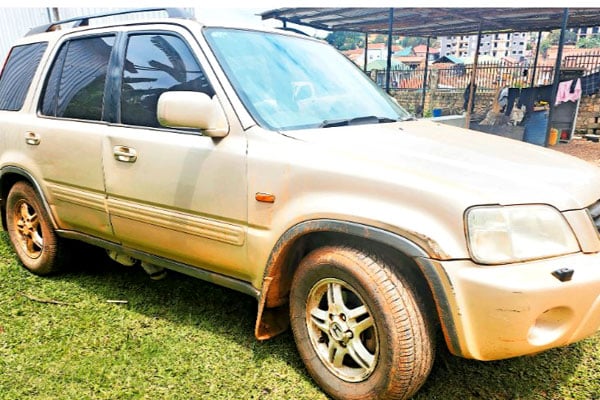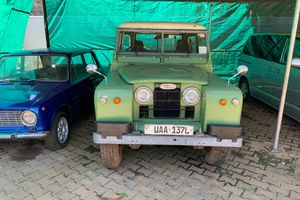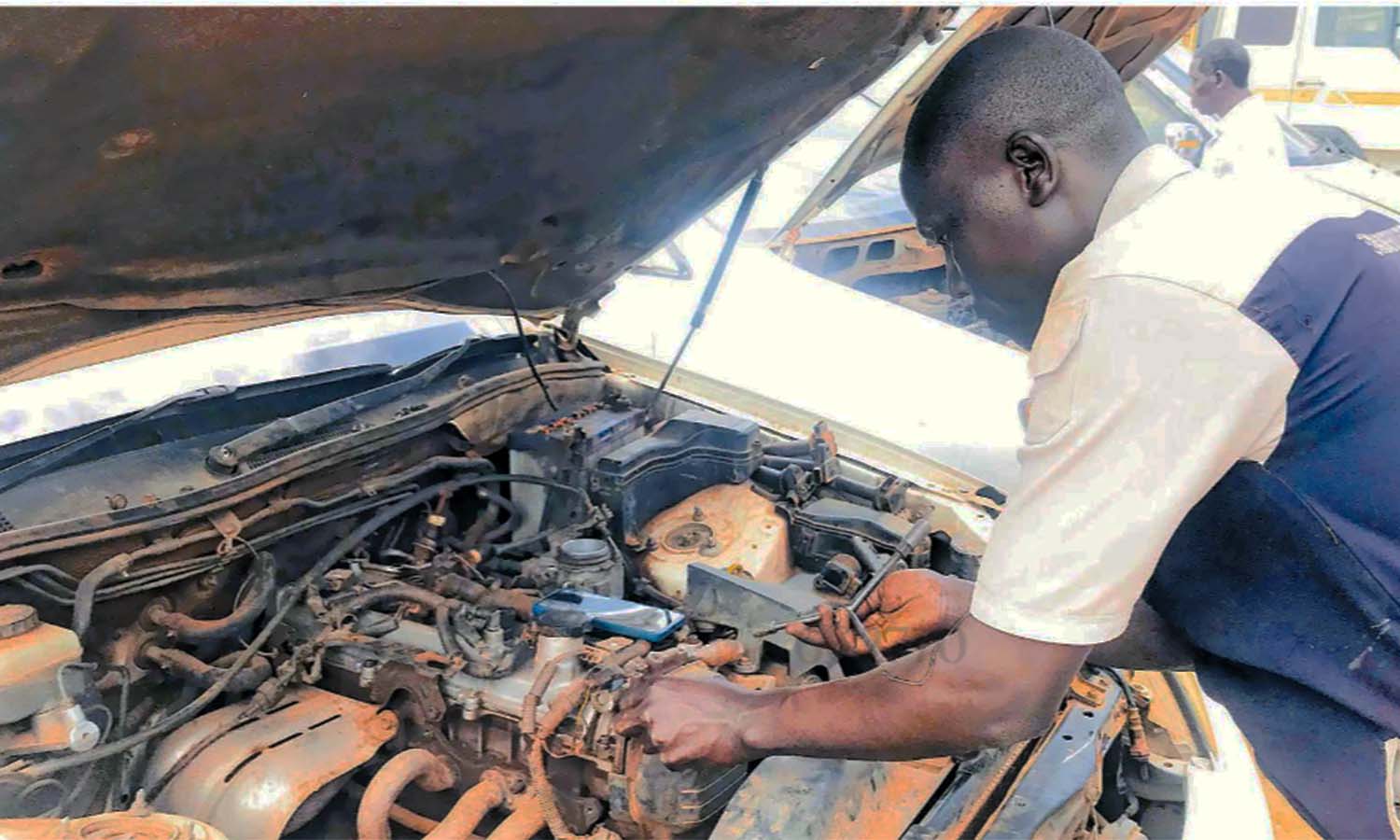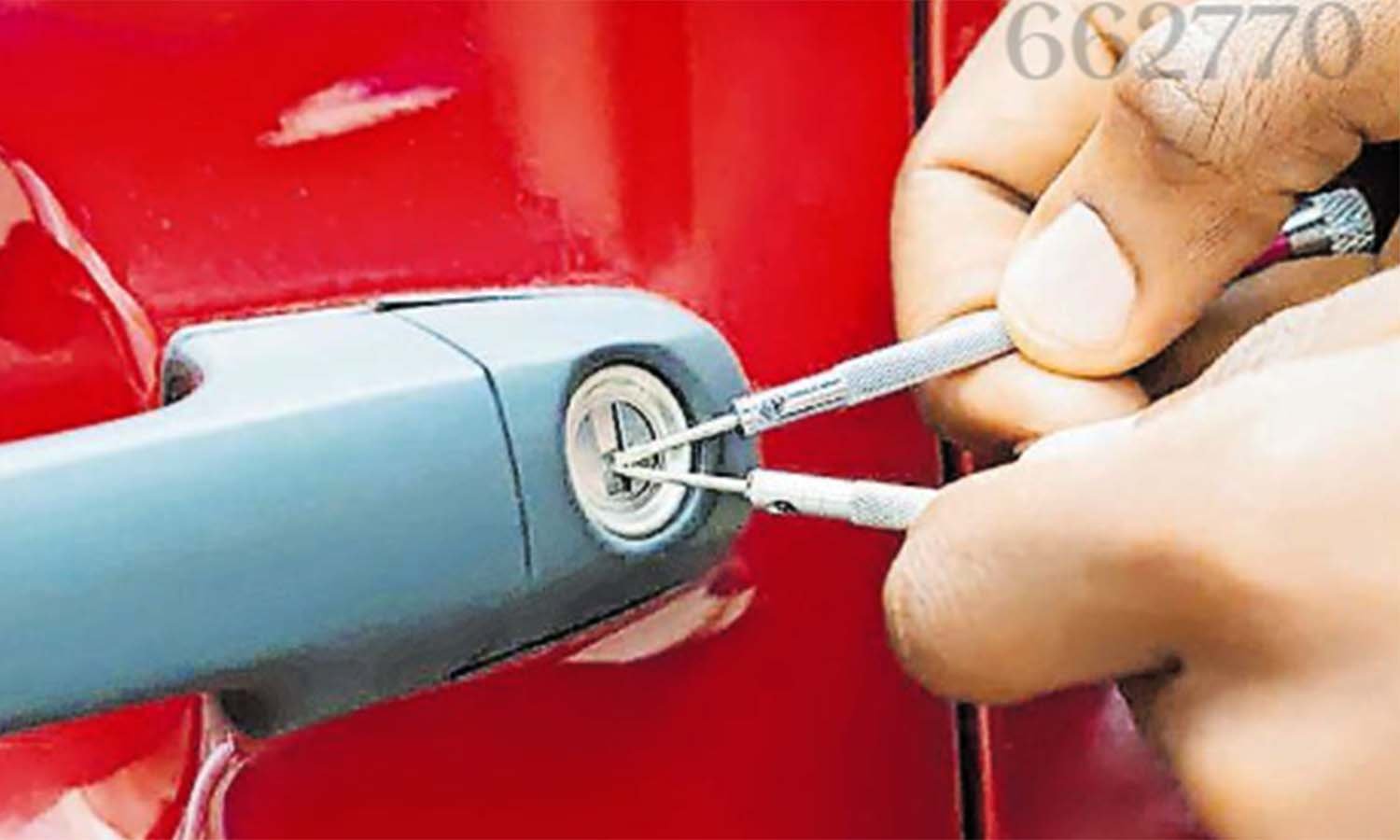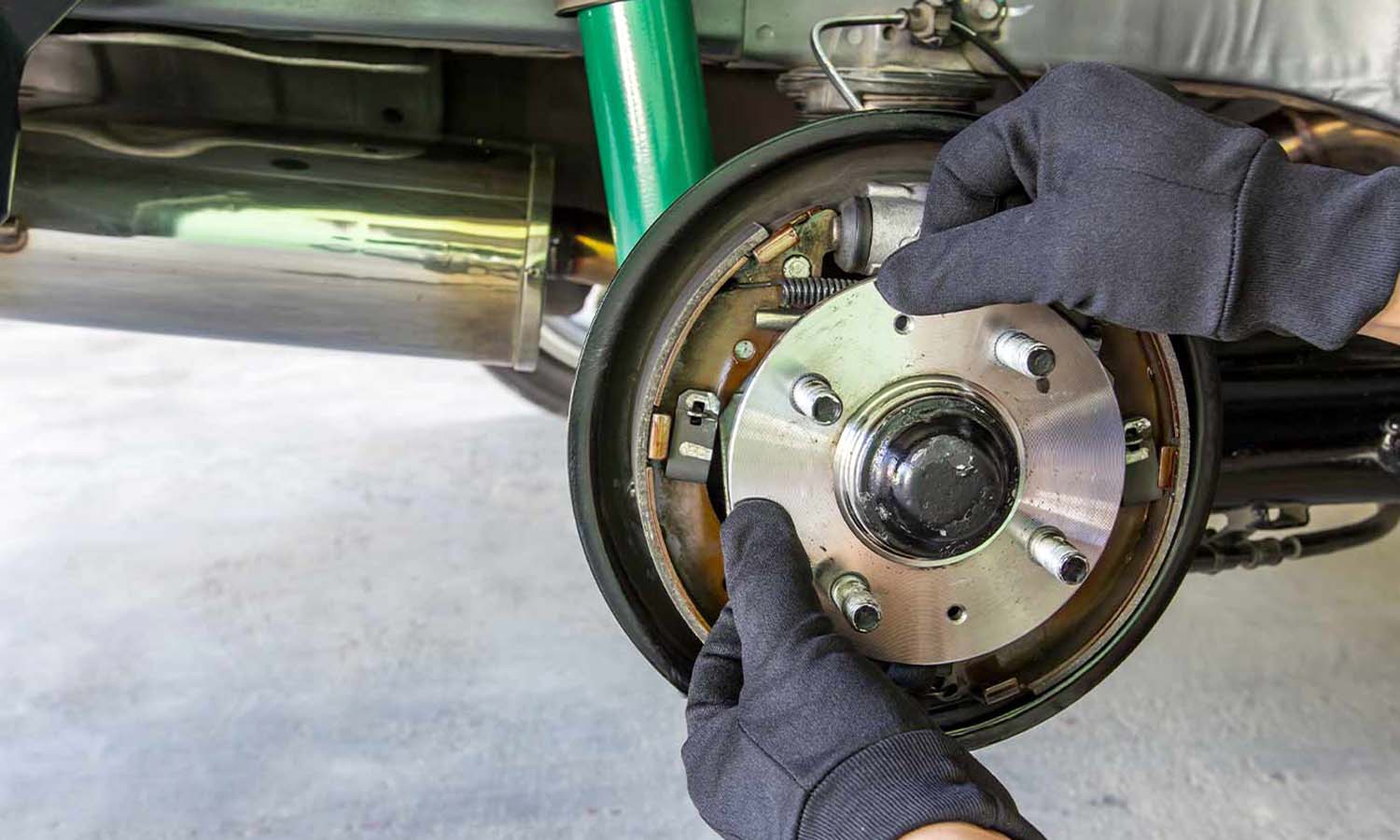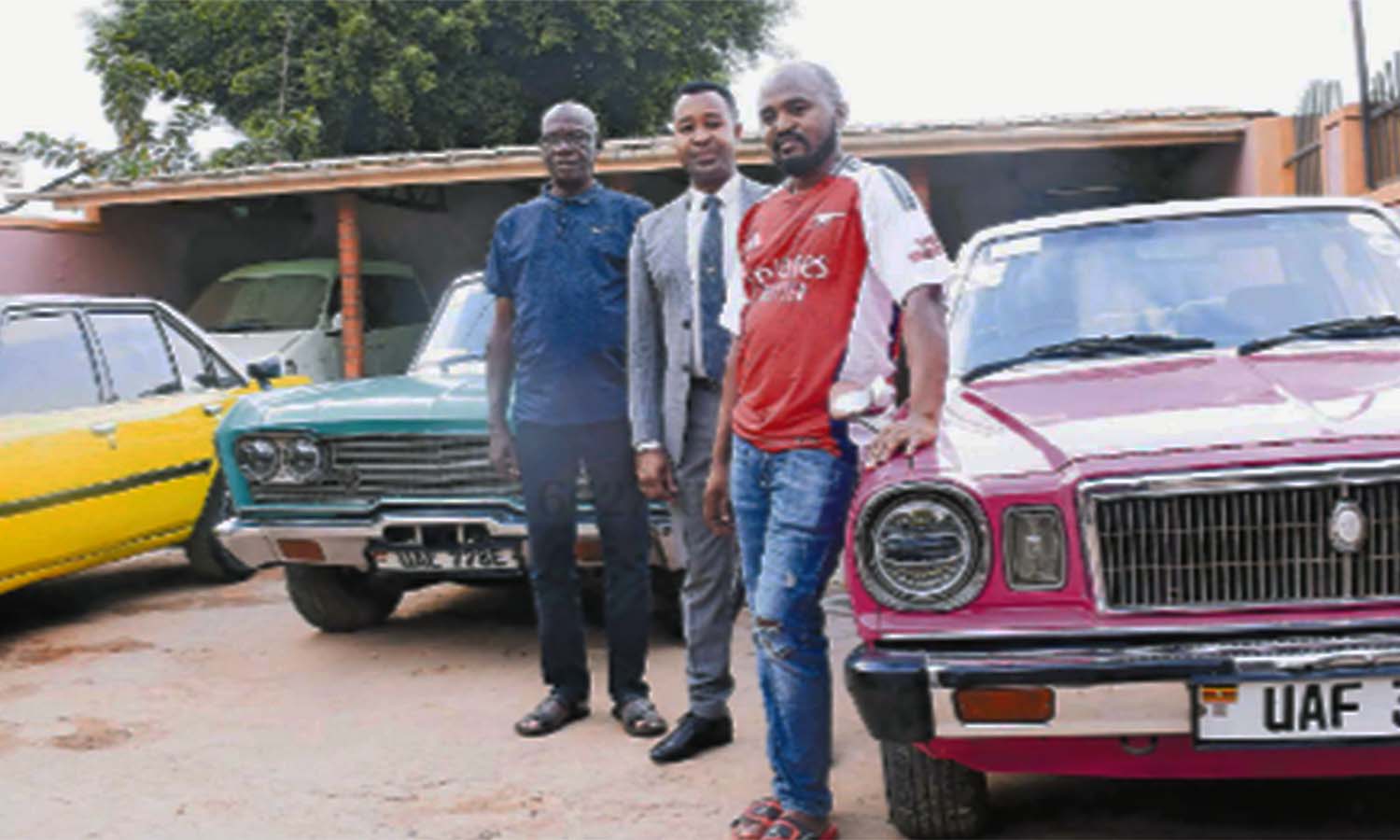
The three vintage car enthusiasts share noted with fellow collectors in Uganda and abroad, and compete in events such as the prestigious Kenya Auto Show in Nairobi, Kenya. PHOTO/EDGAR R BATTE
Three vintage cars, a 1968 Debonair SE, a 1978 Cressida, and a 1982 Carina Myroad, tell the story of Ivan Turyamureeba and his two sons, Job Grace Aine and Eugene Nuwagaba. When asked about when they use these cars, they mention that they serve as official vehicles, brought out only on special occasions.
This practice is partly due to the rough, pothole-ridden roads in Kampala, which would require extensive maintenance if the cars were driven regularly.
For these men, choosing vintage cars reflects a desire to stand out and a passion for the challenge of keeping an older vehicle running alongside modern cars.
Nuwagaba remarks, “Here in Africa, we lack creativity. We use and discard cars quickly. Some motorists cannot even keep a car for 10 years. But keeping a machine running forever is all about good maintenance.”
The brothers explain that acquiring and maintaining vintage cars demands not only a financial investment but also considerable time and patience. Aine notes that restoring a vintage car is a lengthy process, involving ongoing collaboration with mechanics to ensure that the vehicle is brought up to roadworthy condition.
He adds, “You often buy these cars in pieces, sometimes even without an engine, and you never stop ‘feeding’ them because there is always something to fix or add. It becomes sentimental, and no amount of money could make me sell my car.”

The three emphasis the importnace of keeping vintage cars clean, fresh and running with full air conditioning despite the age.
Keeping it vintage
Their love for vintage cars was inspired by their father, Turyamureeba, who took meticulous care of his Hilux pick-up truck, making sure it was in perfect condition with no scratches and a well-maintained engine.
As boys, they watched him carefully check the car each morning, adding exactly 500 millilitres of water when needed. Puzzled at first, they later learnt from him that just like a person, a car needs regular attention.
Now adults, Nuwagaba, 42, and Aine, 34, follow in their father’s footsteps, checking their cars before every journey, however short or long. They have become attuned to the sounds and signs of their engines, allowing them to identify issues early.
They also connect with other vintage car enthusiasts, sharing notes with fellow collectors in Uganda and abroad, and competing in events such as the prestigious Kenya Auto Show in Nairobi, Kenya.
They reveal that vintage car owners work hard to maintain both the aesthetics and functionality of their vehicles, keeping them clean, fresh, and running with full air conditioning despite their age.
On the road
Their longest road trip was to the auto show in Nairobi.
Reflecting on the journey, Nuwagaba says, “With age, you do not expect speed. The journey is the experience itself; more meaningful than the destination. It is a full package.”
The brothers enjoy such road trips, stopping in trading centres where people often gather to admire their unique vehicles. It is common for admirers to strike up conversations with them, drawn to the rarity of young people driving these classic cars.
There are perks to owning vintage cars; even at border crossings, they sometimes receive special treatment, such as shorter wait times for clearance. At church, too, their cars often attract curious onlookers, prolonging their stay as people ask questions. And now, both family men, Aine and Nuwagaba are beginning to see their children show interest in their cars, just as they once did with their fathers.
Preferred transmission
While some drivers champion manual transmissions for giving them control, Aine and Nuwagaba appreciate both manual and automatic transmissions for their unique driving experiences.
Nuwagaba prefers driving the Debonair, while Aine is often behind the wheel of the Cressida, a shockingly fast car with a six-cylinder engine.
He shares, “It is comfortable and spacious, with a speed capacity of up to 180, although I have not pushed it that far.”
Spare parts
Maintaining vintage cars, however, is not easy. Finding spare parts for models from 1968, 1978, or 1982 requires extensive searching locally, online, and sometimes abroad. If they lose a single wheel cap, for instance, they might need to buy a full set since individual parts are rare.
Aine recalls that the last set of wheel caps for the Cressida and Debonair cost around $300 (about Shs1.1m) each. Although they use the same lubricants as newer cars, they ensure only the highest quality additives are used, as vintage cars often require a different care standard.
Aine explains the importance of being present during repairs to stay informed.
“Last Friday, I was driving to Mukono District and the car suddenly stopped. I told the mechanic to remove the pump and install a new one. I was there to see the tools he used and understand the process.”
Dream
Aine’s dream vintage car is a Ford Jeep, known for its rugged utility. He admires its history, particularly in World War II, and enjoys watching videos of its assembly challenges.
Nuwagaba’s dream car is a 1965 Shelby Cobra, which he considers the pinnacle of engineering. He explains, “It is amazing that a 1965 car can still sell for up to $2 million. It is a rare gem; finding one on the road is like spotting a museum piece.”


